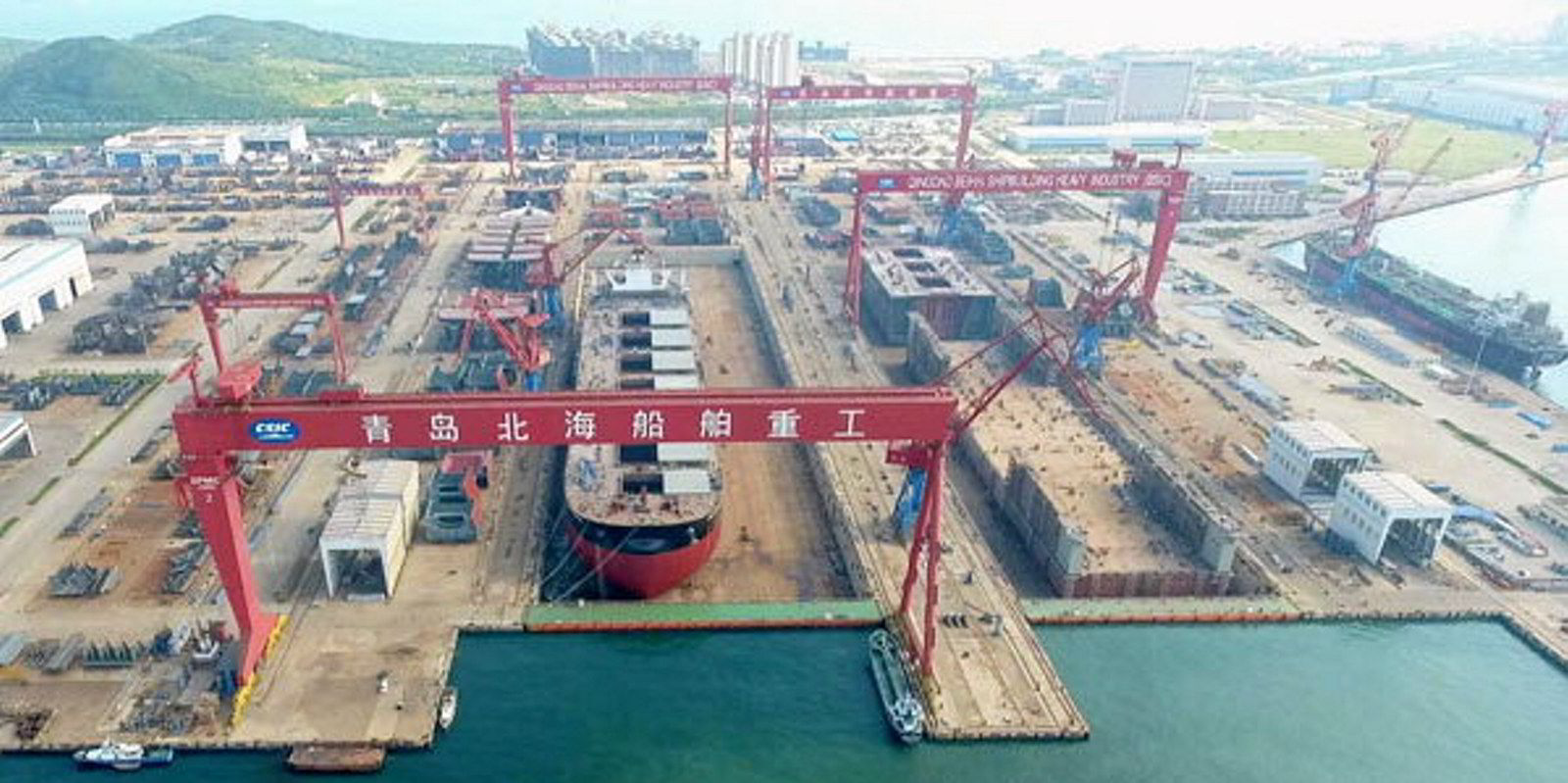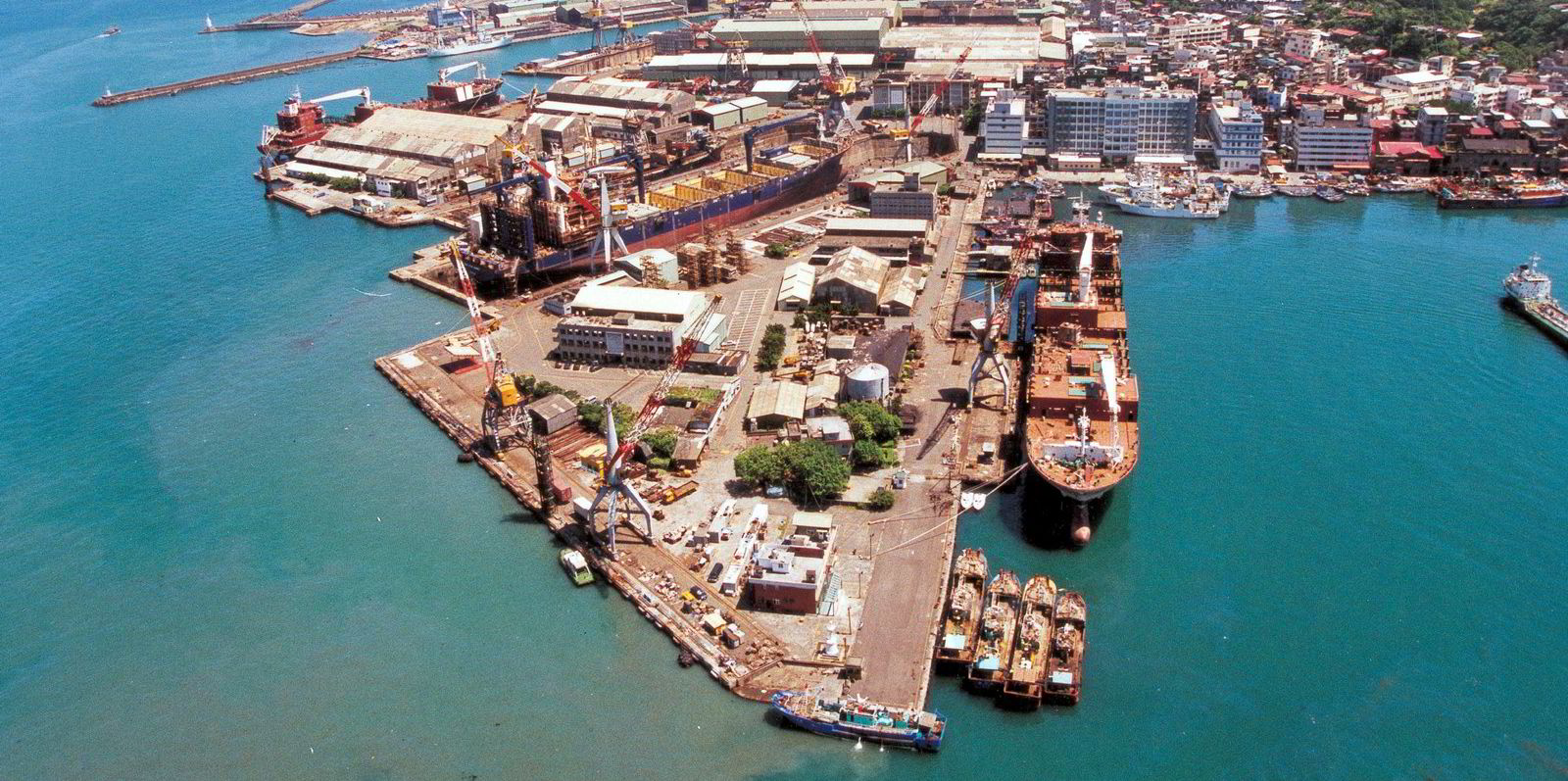UK shipbroker Clarkson’s index of major vessel rates saw an increase of 93% last year, with sale-and-purchase activity and newbuilding ordering also seeing major improvements.
Stephen Gordon, managing director of Clarksons Research, said the sector had performed "remarkably" in 2021 after showing admirable resilience to the pandemic in 2020.
He added that widespread congestion and modest fleet supply growth contributed to the 93% jump in the ClarkSea Index to an average of $28,700 per day over the last year.
The cash influx also supported record S&P transactions worth $46bn, involving 145m dwt of ships.
Owners ordered 120m dwt of new tonnage in a $107bn spending frenzy — the most since 2014, Gordon calculated.
Boxships 'exceptional'
The rate index saw its best year since 2008, with the exceptional container ship market leading the way as charter rates soared 260% year on year.
Bulker rates spiked 185% to their highest levels for over a decade, with smaller sizes, helped by good growth in minor bulks and grains, performing particularly well, Gordon said.
Supramaxes, for example, put on 210%.
Clarksons Research also noted "good gains" for LNG carriers of 50%, boosted by another winter surge.
Car carrier earnings more than doubled, and ro-ro rates were 20% higher.
"After many years of recession, the offshore oil and gas market also improved and the outlook is cautiously optimistic," Gordon said.
But tankers, after benefiting from floating storage gains in 2020, saw earnings plunge 71%, with VLCCs in particular feeling the pain, he added.
Clarksons Research is forecasting a rise of 3.5% in seaborne trade for 2022.
"Disruption to global logistics and supply chains was widespread across 2021, helping tighten markets particularly in the container, dry bulk and car carrier markets," Gordon said.
"While some form of normalisation will come eventually, our sense is this will take time to unwind fully," he added.
Fleet expansion to slow
The global fleet expanded by 2.9% to 2.2bn dwt in 2021, against a 4.1% 10-year average.
Slightly lower growth is expected in 2022, the company believes.
Demolition hit 24.3m dwt, with a 334% increase in tanker volumes heading to breaking yards.
The orderbook at yards now represents 9.4% of the existing world fleet.
Newbuilding prices were generally up 33% over the year, with large container ships costing 50% more.
As for secondhand ships, the owner of a 15-year-old, 5,100-teu boxship could have sold the vessel for 350% more than in 2020.
Ultramax bulkers saw their value rise 69% for modern ships.







